The silicone manufacturing process is not always smooth and often faces challenges across materials, design, processing, printing, and quality control. If these issues are not handled properly, they can increase costs and cause inconsistent product quality.
This article delves into the common problems in silicone manufacturing and provides practical solutions.

How to Solve Common Raw Material Problems in Silicone Production?
In silicone manufacturing, the choice and use of raw materials directly affect product performance, appearance, and service life. Poor selection can cause deformation, faster aging, or surface defects. It may also create safety risks or make products fail to meet regulatory standards.
Mismatched Silicone Grade
When the hardness, temperature resistance, or elasticity of silicone does not match the real application, products may deform, crack, or age too quickly.
To avoid this, manufacturers should work closely with material suppliers and select silicone grades that meet actual needs. Certificates and standard approvals, such as FDA or LFGB, must be checked for food-grade, medical-grade, or industrial-grade silicone.
Before production, incoming materials should also be tested for key properties like hardness, elasticity, and heat resistance to ensure they meet design requirements and secure quality from the start.
Uneven Dispersion of Pigments or Fillers
Poor mixing or incompatibility between pigments and the silicone base can create streaks, color differences, or a grainy surface. This not only affects appearance but may also reduce customer acceptance.
To solve this, high-efficiency mixing equipment should be used to ensure pigments and fillers blend evenly with the silicone. For pigments that separate or settle easily, adding dispersants or adjusting the formula can help maintain stable and consistent color.
Small-batch trials before mass production are also important, as they confirm the dispersion effect and guarantee a smooth and uniform finish in large-scale production.
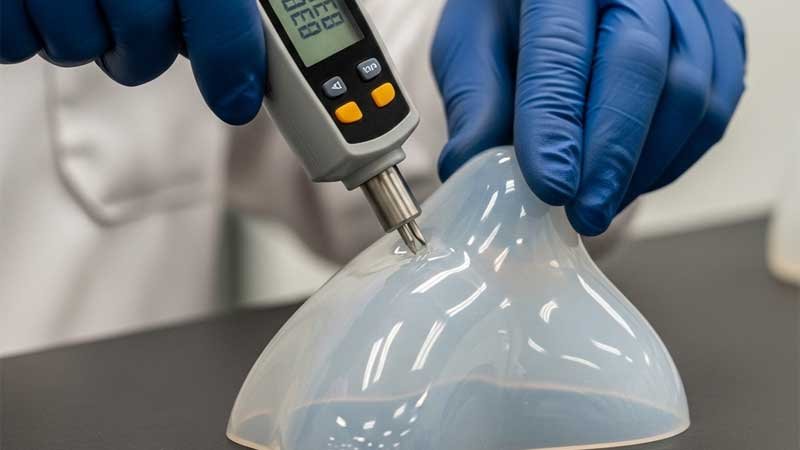
Differences Between Material Batches
Even small variations in viscosity, hardness, or flow between batches can l ead to inconsistent product performance, higher defect rates, and unstable quality.
The best approach is to set up strict material testing and tracking systems. Each batch should be checked for hardness, flow, and density before entering production, and detailed batch records should be kept for traceability.
For new or unverified batches, small trial runs are recommended to observe flow, curing behavior, and surface results. Based on these findings, formulas or process settings can be adjusted to minimize the impact of batch variations on product quality.
How to Solve Common Design-Related Issues in Silicone Product Manufacturing?
In silicone product manufacturing, the design stage is crucial for ensuring product performance, appearance, and manufacturability. Poor design can cause dimensional errors, demolding difficulties, functional defects, or even scrapped products, leading to higher costs and longer production times.
Inaccurate Dimensions
Cause and Impact: Drawings that lack detail or clear tolerances may result in poor assembly or limited functionality of the final product.
Solution and Approach: Use advanced CAD software to create precise 3D models, and clearly indicate key dimensions and tolerances on the drawings. Employ simulation tools to predict potential assembly errors. Conduct small-batch trials before mass production to verify that the design matches the actual product. Maintain close communication between design and manufacturing teams, review drawings regularly, and optimize based on trial feedback.
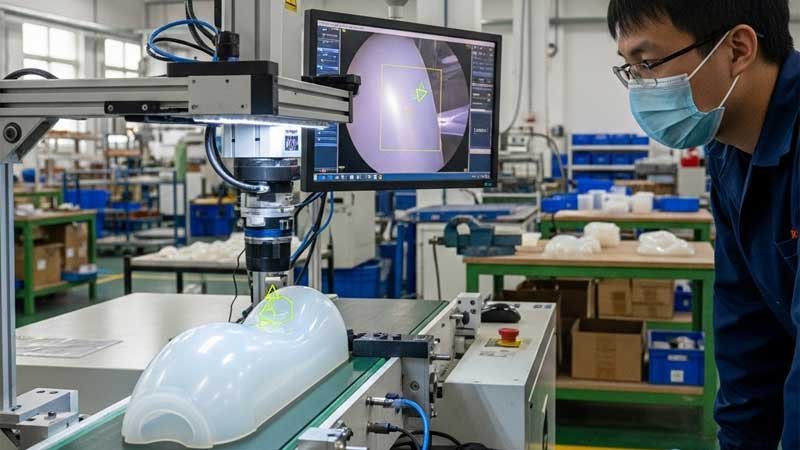
Unreasonable Structure
Cause and Impact: Insufficient attention to draft angles, wall thickness uniformity, or stress concentration points can cause demolding difficulties, cracks, or deformation.
Solution and Approach: Incorporate proper draft angles to ensure smooth mold release and design uniform wall thickness to reduce stress and prevent cracking. For complex parts, use finite element analysis (FEA) to predict stress distribution and optimize the structure. Produce prototypes for physical testing to confirm structural reliability before moving to large-scale production.
Lack of Prototype Verification
Cause and Impact: Skipping prototype testing before mass production can lead to functional defects, assembly problems, or material waste.
Solution and Approach: Conduct multiple prototype iterations covering different sizes, hardness levels, and accessory combinations. Test the prototypes for performance, durability, and user experience. Feed any issues back to the design team for timely adjustments. Keep detailed records of prototype testing to guide future design improvements and new product development.
What Are the Common Processing and Molding Problems in Silicone?
Insufficient Curing
- Insufficient curing can cause lower hardness, sticky surfaces, or poor rebound. This usually happens when the temperature is uneven, the catalyst ratio is wrong, or the curing time is too short.
Solutions:
- Optimize mold heating to ensure even temperature
- Strictly control mixing ratios and operating temperature
- Set curing time standards and monitor each batch
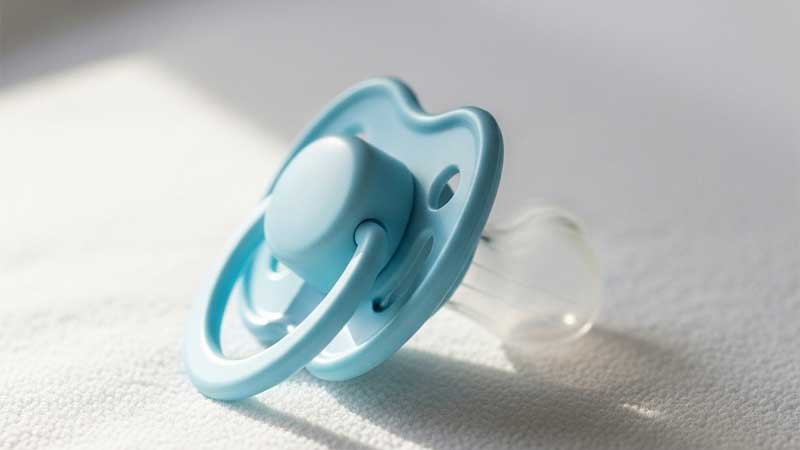
Surface Defects
- Surface issues such as bubbles, pinholes, streaks, or embedded particles are common in silicone molding. Bubbles not only affect appearance but may also weaken the structure.
Solutions:
- Use vacuum degassing to remove air from the mixture
- Keep mold surfaces clean and apply release agent if needed
- Maintain a clean environment to reduce dust and impurities
Shrinkage and Warping
- Uneven thickness, poor mold design, or inconsistent curing conditions can cause shrinkage or warping. These problems may affect the fit of seals or the dimensional accuracy of molded parts.
Solutions:
- Improve mold design to avoid sharp corners or large thickness differences
- Use low-shrinkage formulations
- Control curing temperature and time to ensure even heat distribution

Dimensional Deviation
- Dimensional deviation often comes from uneven injection pressure, mold thermal expansion, or operator error. For precision silicone parts, even small deviations can cause assembly problems or functional failure.
Solutions:
- Accurately control injection pressure, speed, and temperature
- Apply mold thermal management and schedule regular calibration
- Establish dimensional inspection standards and keep batch records
What Challenges Arise in Printing and Decoration?
Silicone has a naturally low surface energy, which makes printing and decoration difficult. This is especially critical for products like food molds, baby items, or electronic accessories, where clear patterns and consistent colors matter a lot.
| Common Issue | Cause | Solution |
| Poor ink adhesion | Low surface energy causes ink to peel off easily | Plasma surface treatment, surface activators, or silicone-specific inks |
| Uneven color | Pigments not well dispersed, poor mixing, or uneven curing temperature | Improve pigment pre-dispersion, control mixing time and temperature |
| Pattern distortion or blur | Uneven screen tension or incorrect heat transfer temperature | Adjust screen tension and control mold temperature and pressure |
The success of printing directly affects both the appearance and the brand image of silicone products. To achieve good results, it is important to manage surface treatment, ink selection, and curing conditions with care.
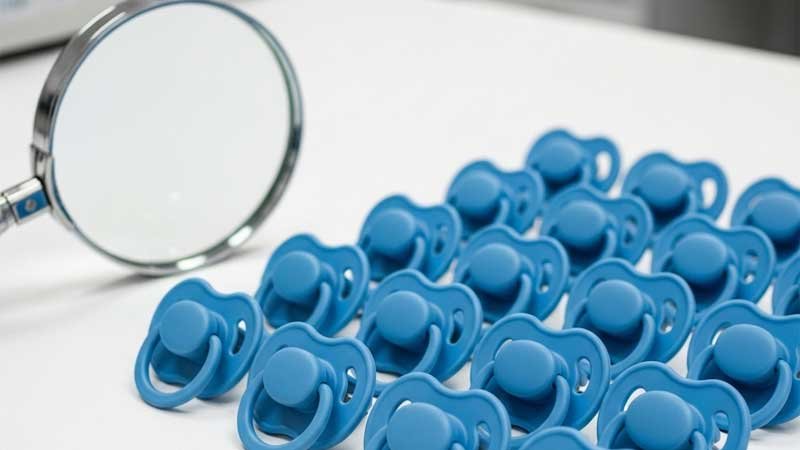
How to Solve Common Testing and Quality Control Issues in Silicone Product Manufacturing?
In silicone product manufacturing, testing and quality control are essential for ensuring product consistency, safety, and reliability. Even with stable raw materials and well-planned designs, a lack of strict quality management can lead to performance issues, batch variations, or post-processing defects, affecting customer satisfaction and company reputation. Common issues include the following:
Inconsistent Performance Across Batches
Cause and Impact: Slight differences in material properties or small fluctuations in production parameters can result in variations in hardness, elasticity, or other performance metrics, which may affect the end-user experience.
Solution and Approach: To maintain consistency across batches, companies should conduct thorough testing of incoming materials, including key indicators such as hardness, flowability, and density. Establish standardized operating procedures (SOPs) to ensure uniformity at every production step. Implement statistical process control (SPC) to monitor production data in real time, allowing immediate adjustments when anomalies occur. Key equipment should be regularly calibrated to keep temperature, pressure, and speed stable, ensuring controlled and consistent product performance.
Post-Processing, Cleaning, and Surface Treatment Issues
Cause and Impact: Improper cleaning, trimming, or printing can leave residues, create rough surfaces, or cause printed graphics to peel, negatively affecting both appearance and safety.
Solution and Approach: Establish standardized post-processing procedures, including cleaning, trimming, and surface treatment. Use efficient cleaning equipment, such as ultrasonic or solvent-based systems, to remove residues thoroughly. Optimize printing or coating parameters to improve adhesion and uniformity. During mass production, perform regular sampling inspections to ensure each batch meets appearance and functional standards, thereby enhancing overall product quality and customer satisfaction.
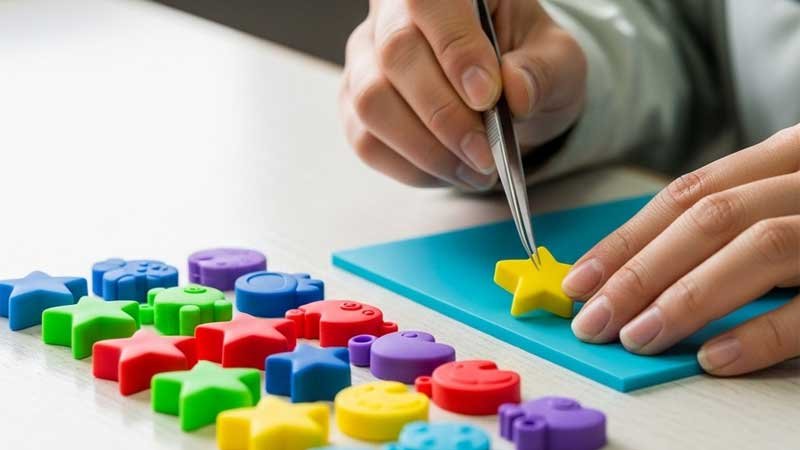
Conclusion
Common issues in silicone production come from multiple sources. Systematic management, standardized operations, continuous improvement, and scientific troubleshooting are the core strategies to ensure product quality, reduce costs, and enhance customer satisfaction.
If you are looking to develop high-quality silicone products, our experienced team can help you customize solutions that meet your exact needs. From material selection to design optimization and precision manufacturing, we provide end-to-end support to bring your ideas to life efficiently and reliably. Contact us today to start your silicone product customization journey.